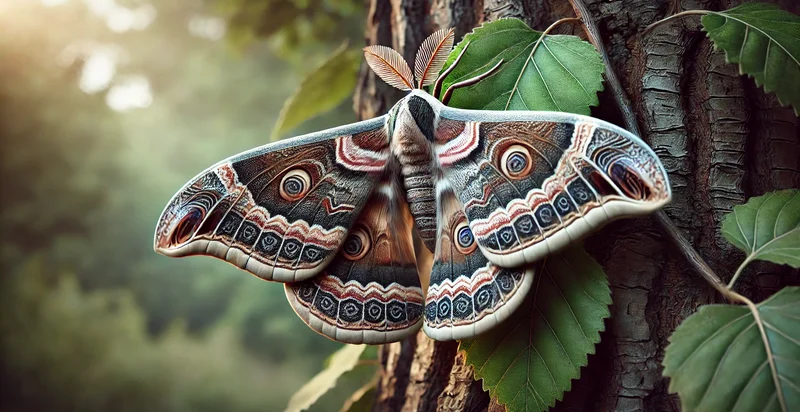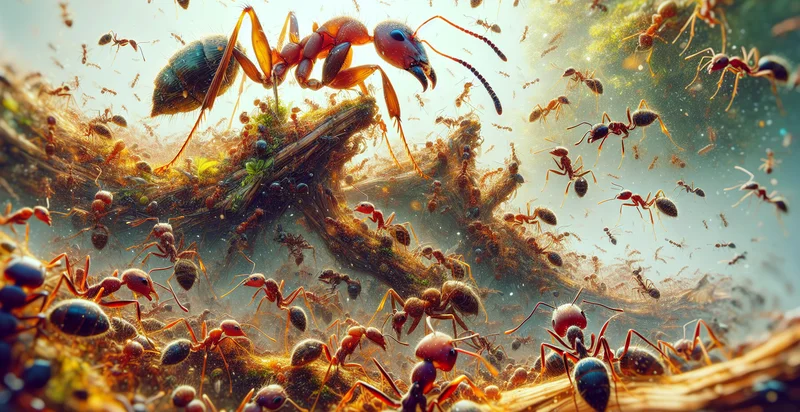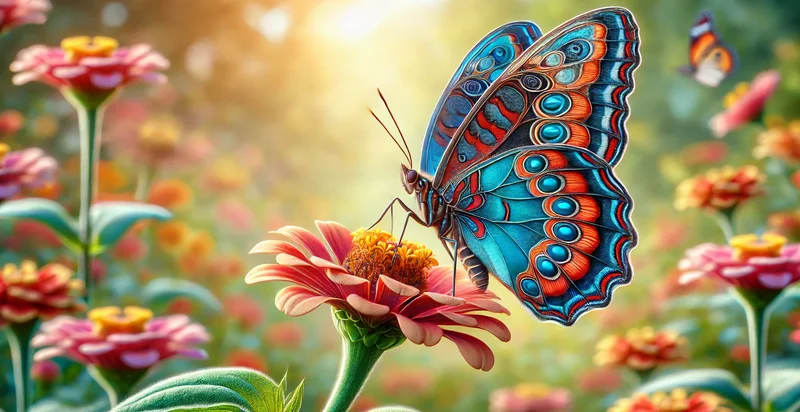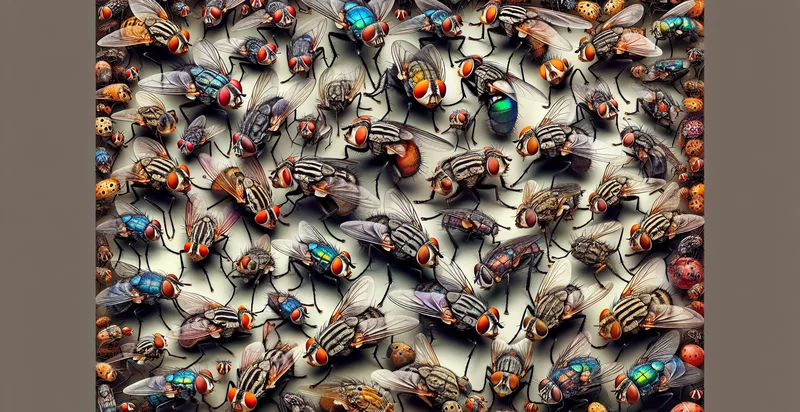Identify moth species
using AI
Below is a free classifier to identify moth species. Just upload your image, and our AI will predict which species it is - in just seconds.

Make sure the image is a close-up of the moth.
Contact us for API access
Or, use Nyckel to build highly-accurate custom classifiers in just minutes. No PhD required.
Get started
import nyckel
credentials = nyckel.Credentials("YOUR_CLIENT_ID", "YOUR_CLIENT_SECRET")
nyckel.invoke("moth-species-identifier", "your_image_url", credentials)
fetch('https://www.nyckel.com/v1/functions/moth-species-identifier/invoke', {
method: 'POST',
headers: {
'Authorization': 'Bearer ' + 'YOUR_BEARER_TOKEN',
'Content-Type': 'application/json',
},
body: JSON.stringify(
{"data": "your_image_url"}
)
})
.then(response => response.json())
.then(data => console.log(data));
curl -X POST \
-H "Content-Type: application/json" \
-H "Authorization: Bearer YOUR_BEARER_TOKEN" \
-d '{"data": "your_image_url"}' \
https://www.nyckel.com/v1/functions/moth-species-identifier/invoke
How this classifier works
To start, upload your image. Our AI tool will then predict which species it is.
This pretrained image model uses the Butterfly & Moth Species Classification dataset and has 100 labels, including Brown House, Io, and 98 more.
We'll also show a confidence score (the higher the number, the more confident the AI model is around which species it is).
Whether you're just curious or building moth species detection into your application, we hope our classifier proves helpful.
Related Classifiers
Need to identify moth species at scale?
Get API or Zapier access to this classifier for free. It's perfect for:
- Agricultural pest management: Identifies moth species in crop fields. Guides targeted pest control strategies for specific moth threats.
- Forestry protection: Detects invasive moth species in woodland areas. Informs early intervention strategies to protect forest ecosystems.
- Textile preservation: Identifies cloth-eating moth species in museums and archives. Protects valuable fabrics and historical artifacts from damage.
- Entomological research: Classifies moth species in biodiversity studies. Accelerates data collection for moth population dynamics research.
- Light pollution studies: Monitors moth species attracted to artificial light sources. Informs urban planning to reduce impact on nocturnal ecosystems.
- Pollination studies: Identifies night-pollinating moth species in various habitats. Contributes to understanding of nocturnal pollination networks.
- Eco-friendly pest control: Distinguishes between harmful and beneficial moth species. Supports development of targeted, environmentally-friendly moth control methods.


